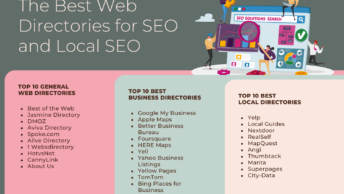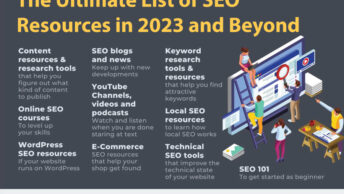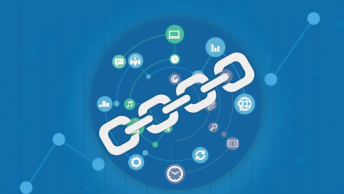The average American is exposed to some 250-600 ad impressions each day (depending on which source you ask). The job of marketers today is challenged by increasing ways to avoid such messages. We don’t watch TV commercials as much, don’t read newspapers like we used to, and have simply grown immune to much of the advertising out there. Marketers have found a new way to reach consumers: at work.
The programs you use at work may have cost thousands of dollars for licenses and maintenance fees. Physicians and accountants may now be managing medical records and tracking revenue with programs they got for free. Marketers trying to target a market with a specific occupation find business software (and the communities associated with such programs) as exceptionally valuable. Companies are thus willing to pay a premium for ads that will reach precisely the group they want to target.
Companies like Spiceworks and Wave Accounting offer ads from $20-$250 per 1000 impressions. Spiceworks is used by nearly 2 million in the information technologies to track and fix IT hardware. Users on Spiceworks trade tips and research products. Microsoft, Dell, and Rackspace are regular advertisers.
Wave accounting, offering bookkeeping software to small businesses, sells ads to American Express and Carbonite.
Practice Fusion introduced its service in 2007 for $300 per month. Though this was less than their competitors, the price still wasn’t appealing to enough of the market. When Ryan Howard, CEO, gave away Practice Fusion, he never looked back. Practice Fusion offers free electronic medical records systems used by 150,000 physicians and clinics. Tens of thousands of doctors log in first thing each day.
Practice Fusion is able to charge up to $200 for every 1000 ad impressions that reach the medical professionals who use the software. (For comparison sake, Yahoo! and Facebook charge less than $10 for the same number of views.) This makes sense because the closer your ads match your target audience, the higher your conversion rate will be.
Risks
The more powerful a tool is the greater the risks are. Oracle and IBM lock users into contracts for a steady income. Free products are subject to fluctuations in the market. With changing ad budgets and fluctuations in the economy, software companies giving away their goods risk losing everything. Skeptics also conclude that it isn’t possible to provide the same level of customer support when you give your product away.
What say you? Have you seen ads on your desktop at work? Does your company advertise this way?
Please share in the comments below.






